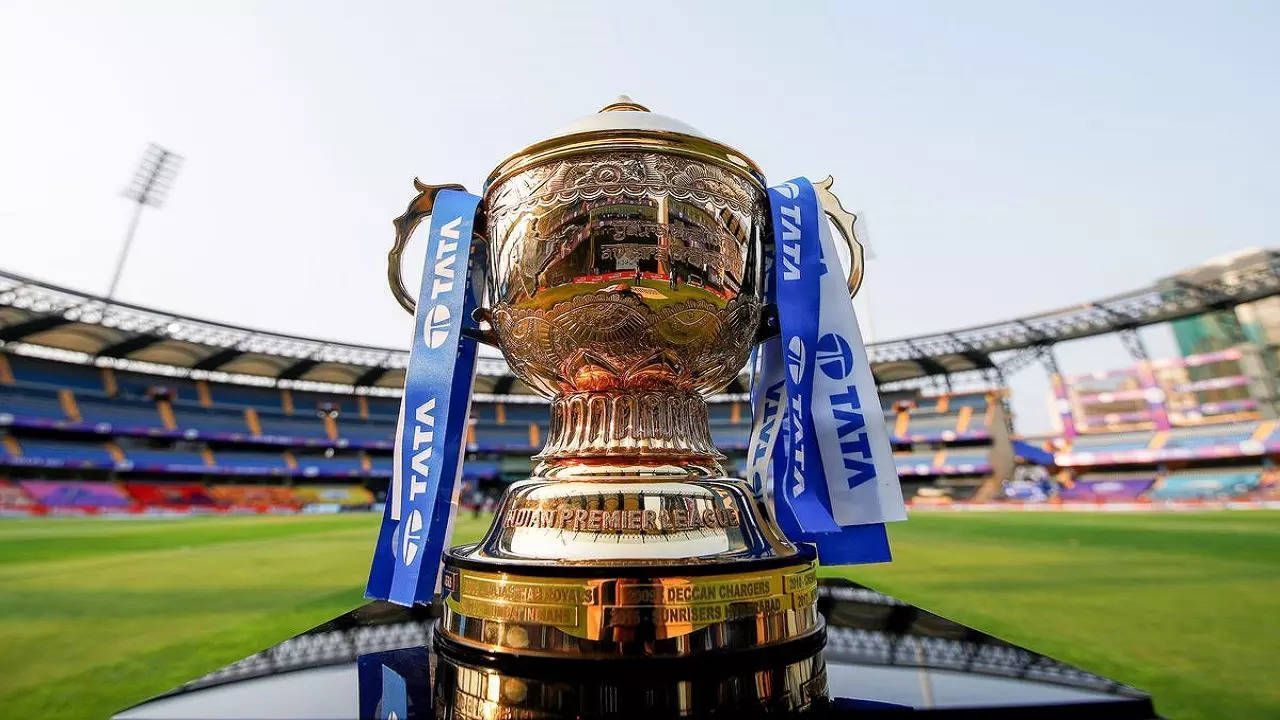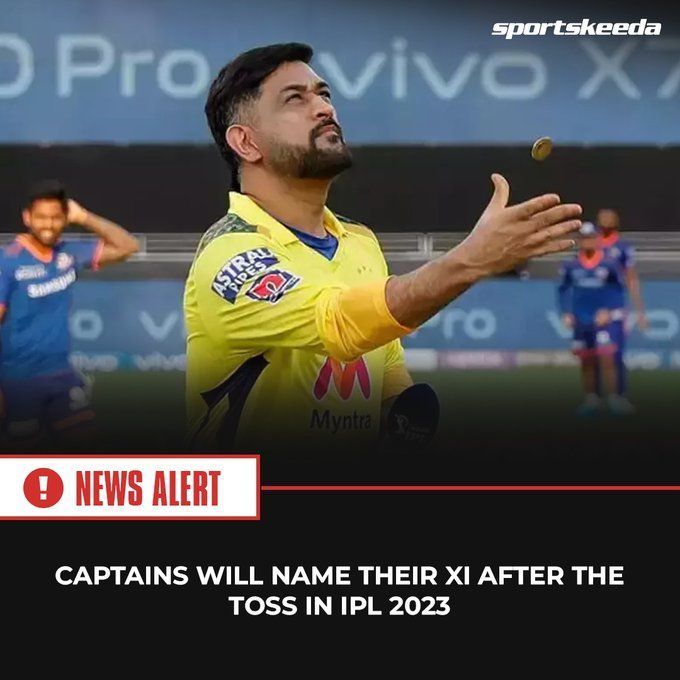
All you need to know about the new rules for IPL 2023
The upcoming edition of the Indian Premier League (IPL 2023) will be ranked among one of the most anticipated seasons due to the new dynamics being introduced into the competition.
Apart from the return of the home-and-away format, there have been a slew of rule changes announced. These are bound to make matches interesting, to say the least.
The 2023 edition of the IPL is scheduled to begin from March 31 onwards. Defending champions Gujarat Titans (GT) will take on the Chennai Super Kings (CSK) in the opener at the Narendra Modi Stadium in Ahmedabad. The final of the tournament is slated to be played on May 28.
Reports suggested that the IPL was set to introduce the impact player rule, much like what has been used by the Big Bash League (BBL). The rule was also implemented during the 2022 edition of the Syed Mushtaq Ali Trophy on a trial basis and was transitioned into the IPL as well.
Apart from the impact player rule, the authorities have announced a set of new rules as the tournament nears to make the game a more enriching experience. Let's take a look at what the new rules entail.
IPL 2023 new rules
Impact Player rule
As mentioned earlier, the IPL is following in the footsteps of some of the most popular franchise sporting tournaments in the world, where substitutions play a huge part.
In this scenario, captains will be allowed to make one change to their team before the 14th over of the innings. The substituted player has to be an Indian candidate, unless the team is fielding less than the maximum quota of four overseas players.
However, the impact players will have to be included among the four additional names on the team sheet, which will be presented during the toss.
Playing XI to be named after the toss
In another change, which was recently witnessed during the SA20 as well, teams will reveal their playing XI after the toss. The captains will walk out for the toss with two team sheets, and can make adjustments to their playing XI according to whether they are batting or bowling first.
This rule, in a sense, helps the team that loses the toss prepare better to overcome the disadvantage of having to do what the opposition team dictates. They will have an extra weapon in their arsenal to overcome the unfavorable conditions, which negates the toss factor slightly.
On-field penalty for slow over-rate
There have been several complaints of IPL matches going way overtime over the course of the last few editions. While there were monetary fines in place, the breaches still occurred on a regular basis.
To ensure that the teams comply with the cut-off time, they will be handed an on-field penalty in situations where they are unable to complete their quota of overs in time.
In the overs bowled after the cut-off time, they will be forced to bring an extra fielder inside the circle, leaving only four players on the deep. It goes without saying that this will be a huge boost to the opposition in the death overs.
Penalty for unfair action by fielders or wicket-keepers
The IPL will also see a penalty in case an unfair movement is made by a member of the bowling side during an innings. According to a report by ESPN Cricinfo:
"Unfair movement of the wicketkeeper will result in a dead ball and five penalty run, while unfair movement by a fielder will result in a dead ball and five penalty runs."
DRS for wides and no-balls
The ongoing Women's Premier League (WPL) had a provision set in place for players to contest the wide and no-ball decisions made by the on-field umpire. They could do so by getting the third umpire involved through the Decision Review System (DRS).
The same rule is set to be implemented in the IPL as well. This will remove the prospect of the fate of the match being dictated by an umpiring decision instead of excellent cricket.
Will the new rules make the IPL 2023 better for good? Let us know what you think.

